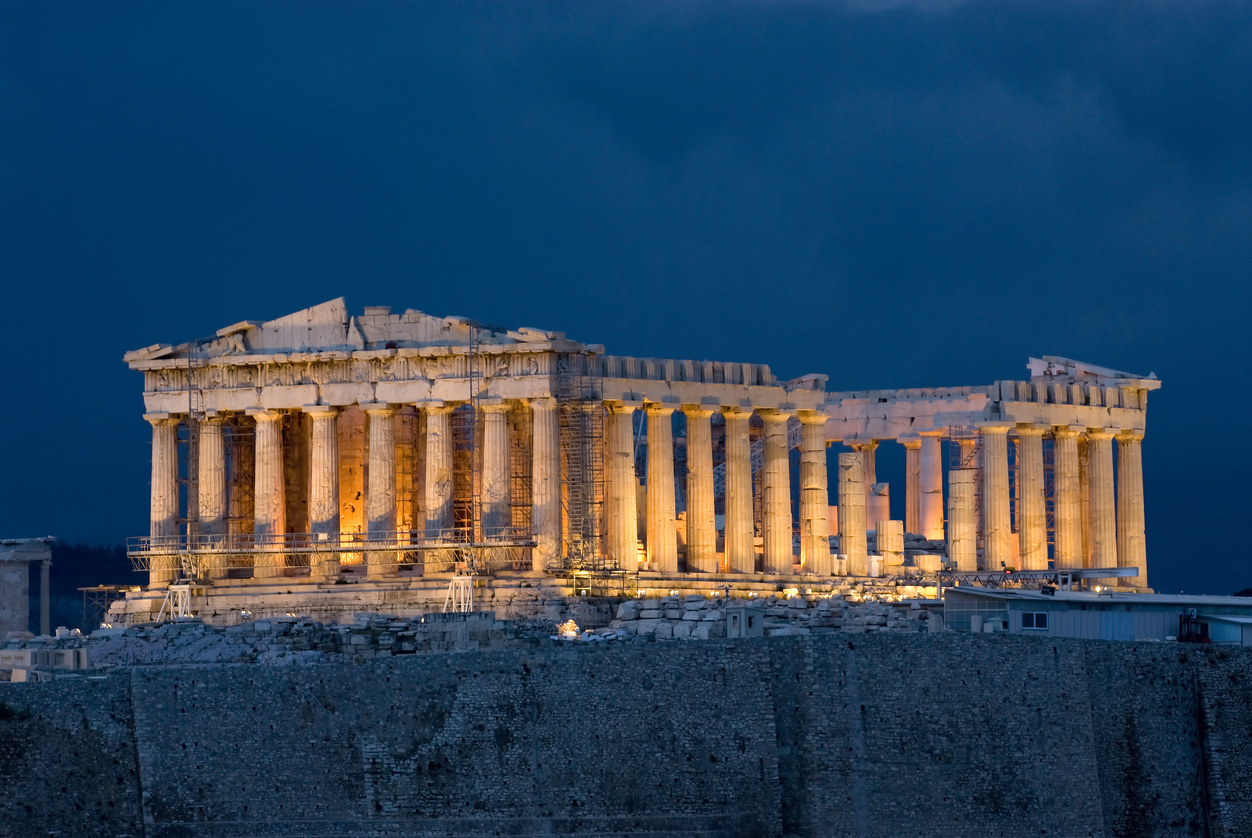Prime minister Rishi Sunak cancelled a meeting with his Greek counterpart Kyriakos Mitsotakis this week, reportedly after the Greek prime minister made a fresh call for the return of antiquities known in the UK as the ‘Elgin Marbles’.
The talks were scrapped shortly before they were to take place, with government officials initially blaming a schedule clash. Mitsotakis said he was “annoyed” the meeting had been cancelled, and said Sunak should not be afraid of “confronting arguments” over the marbles.
Sunak stated the meeting would have been “inappropriate” as the Greek prime minister was planning to “grandstand and re-litigate issues of the past”.
Ferret Fact Service explains what the row is all about.

What are the Elgin or Parthenon marbles?
The Parthenon marbles, better known in the UK as the Elgin marbles are a series of marble decorations which were made for the Parthenon on the Acropolis in Athens.
They are made up of part of a large panel and statues depicting scenes of ancient Greece and celebrations of the goddess Athena, and were built in the 5th century BC along with the Parthenon.
The collection in the British Museum makes up around half of the total surviving sculptures.
How did they end up in the British Museum?
Mainly, the British Museum’s Parthenon sculptures were brought to England by Lord Elgin, a Scottish nobleman, in the early part of the 19th century. They have become known in the UK as the Elgin marbles, however the British Museum describes them as the Parthenon sculptures.
Elgin became British ambassador to the Ottoman Empire in 1799 which, at the time, controlled Athens.
Two years later he was granted what is known as a ‘firman’ – a Turkish word meaning “decree or grant of privileges” – by the ruling Sultan to allow artists to measure and copy parts of the sculptures. The agreement also reportedly allowed Elgin “to take away any pieces of stone with old inscriptions or figures thereon”. However, the exact wording of this agreement has been lost, and much of the translation is a matter of debate.
Interpreting the agreement in a way that has been described as “elastic”, Elgin removed more than half of the surviving frieze and many of the remaining figures from the front of the Parthenon and surrounding area.
These sculptures were then shipped from Greece to his home in London. This was criticised by many at the time, including noted poet Lord Byron, who attacked Elgin’s decision.
After running into financial difficulty, Elgin sold the collection to the UK, after which it was displayed in the British Museum where it remains today.
What is the Greek government’s position?
There have been numerous formal and informal requests for the return of the statues since they were taken by Lord Elgin.
A formal request was made for the sculptures to be returned by the Greek government with support from UNESCO in 1983. This was rejected by the UK. In 2000, Greece made a request for the sculptures to be moved to the country’s new Acropolis museum, but the ownership would remain with the UK.
Greece has also sought advice on whether the items could be returned through legal proceedings, but there has yet to be any legal case to come to court.
In recent years, agreement has been sought between the Greek government and the British museum to allow Greece to loan the sculptures for display. This has been held up by disagreement over ownership.
What is the UK Government’s position?
The UK Government has asserted that the British Museum has “right of ownership” over the sculptures, and the British Museum itself has stated it believes the collection should stay in the UK.
An 1816 House of Commons select committee examined the circumstances over Elgin moving the sculptures and found he had done so legitimately, with parliament voting to acquire them in the same year.
Ministers have stated that the pieces were taken legally, with the agreement of the then-rulers of Greece, but there appears to be some question over the ‘firman’ contract that Elgin used to justify removing a significant section of the sculptures.
An Italian translation of the document is at the British Museum, but the original has been lost, leading to much debate over its contents and wording.
Ferret Fact Service (FFS) is a non-partisan fact checker, and signatory to the International Fact-Checking Network fact-checkers’ code of principles.
All the sources used in our checks are publicly available and the FFS fact-checking methodology can be viewed here.
Want to suggest a fact check?
Email us at factcheck@theferret.scot or join our Facebook group.














